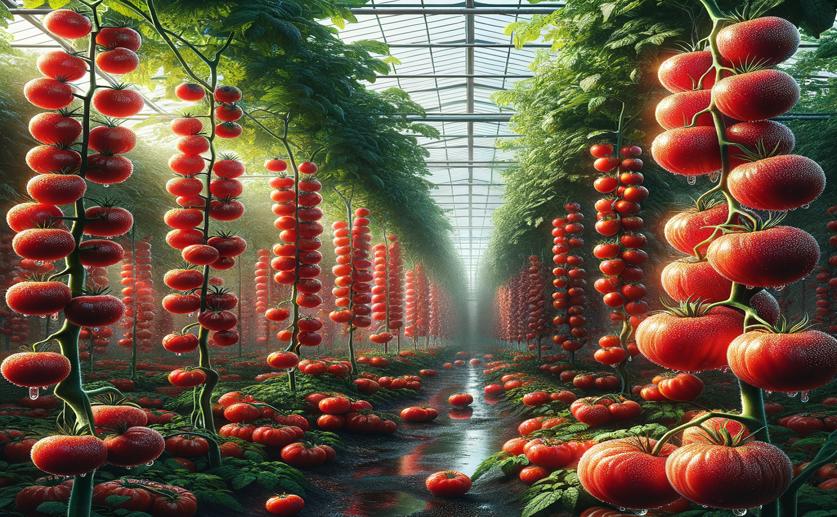
Understanding and Predicting Tomato Cracking in Greenhouses
Greg Howard
13th July, 2024

Image Source: Natural Science News, 2024
Key Findings
- The study by Northwest A&F University investigated tomato fruit cracking in a greenhouse setting
- Cracking rates increased when temperatures exceeded 30°C and daily temperature differences were over 20°C
- Lower daily humidity variations (less than 20%) also aggravated fruit cracking
References
Main Study
1) Investigation on the environmental causes of tomato fruit cracking and its propagation prediction in greenhouse.
Published 12th July, 2024
https://doi.org/10.1111/jtxs.12845
Related Studies
2) Influence of Bagging on the Development and Quality of Fruits.
3) Tomato (Lycopersicon esculentum Mill.) fruit growth and ripening as related to the biomechanical properties of fruit skin and isolated cuticle.
Journal: Journal of experimental botany, Issue: Vol 56, Issue 413, Mar 2005



 18th June, 2024 | Jim Crocker
18th June, 2024 | Jim Crocker